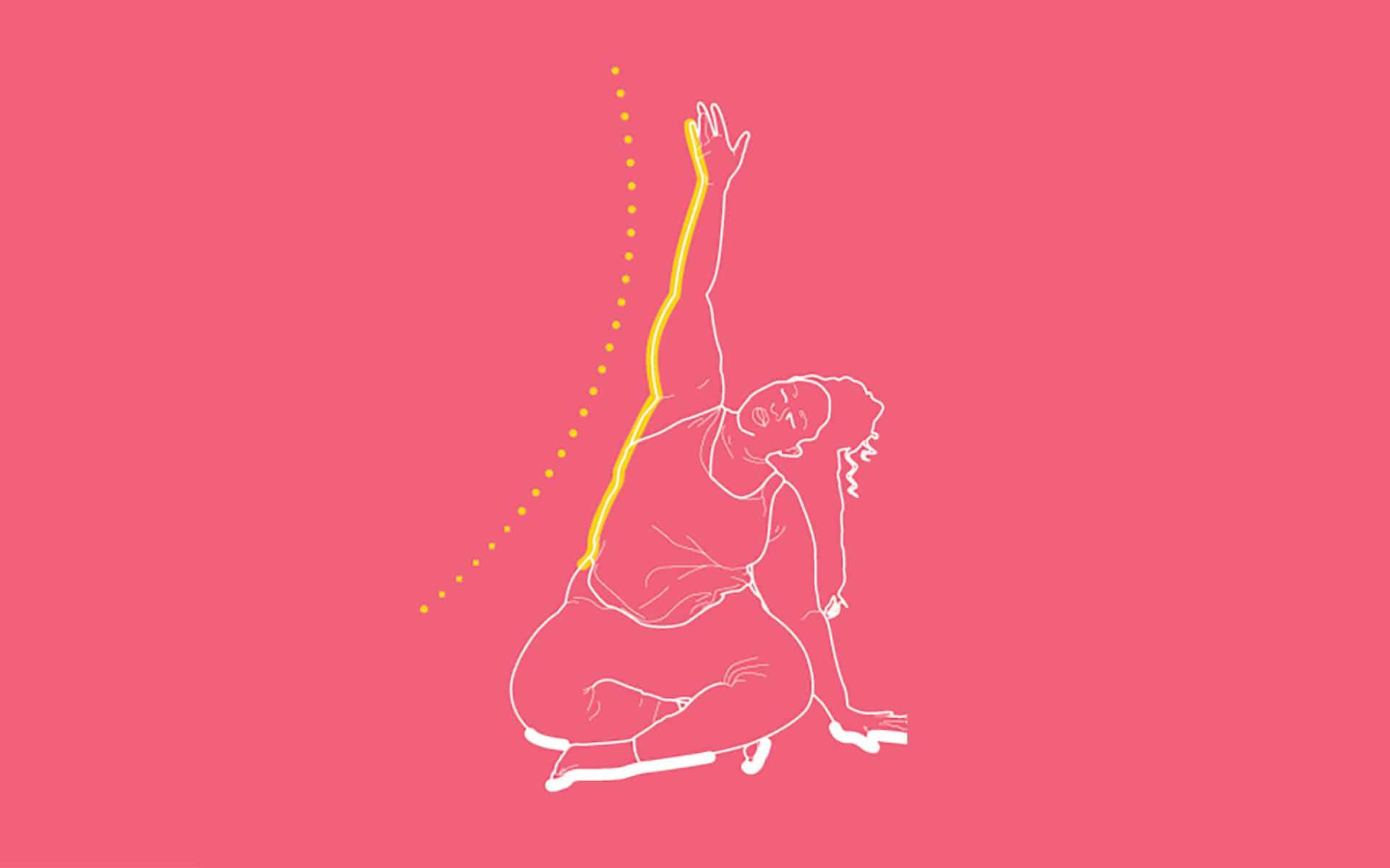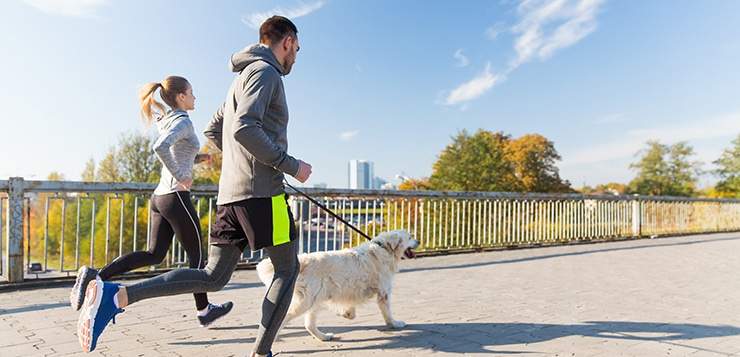When we lengthen the exhale, we’re better able to find our power and invite a sense of relaxation to high intensity movement. Longer exhales cause the vagus nerve to send a signal to your brain, activating the parasympathetic nervous system (rest and digest) and easing the sympathetic nervous system (fight, flight, or freeze). The technique I share below is one that I practice when engaging in strenuous physical activity and training.
This practice has been instrumental in helping me find my flow. With a longer exhale, I find I can do hard things over longer stretches of time and build my overall endurance in my movement practices, whether that be hitting laps on the stairs, running, hiking, climbing, or a high intensity workout.
Key Summary
What is Long Exhale Breathing? A breathing technique where the exhale is deliberately extended to be longer than the inhale.
Physiological Benefits:
- Activates the parasympathetic nervous system (rest and digest)
- Lowers heart rate and blood pressure
- Reduces stress hormones in the bloodstream
- Increases heart rate variability (a marker of health)
Practical Application:
- Can be used during moments of stress or anxiety
- Helps transition to sleep or meditation
- Creates a bridge between difficult emotions and calm response
- Simple to practice anywhere without special equipment
Technique: Generally involves inhaling for a count of 4 and exhaling for a count of 6-8, though ratios can be adjusted for comfort.
How to Breathe Into Challenging Movement with a Long Exhale
Practice the Power of the Long Exhale
- Take a few deep breaths in and exhale fully through the mouth, with the intention to get present as you begin your movement practice.
- Focus on your breath as it passes through the nostrils, and then try exhaling the air from your lungs with pursed lips.
- Begin to take intentionally longer exhales to get used to the feeling and sensation of what this could be like: Breathe in through your nostrils for a count of 1, 2, 3, 4. Breathe out with pursed lips through your mouth for 1, 2, 3, 4, 5, and (if you can) 6. Be mindful of your capacity so that your next inhale is not a big gasp of air to compensate for over-exhalation. Aim for smooth transitions of inhales and exhales.
- Once you feel in rhythm with this breath count, you can go deeper into your movement activity. For example, at this stage I might transition from walking to running, or pick up the pace of going up stairs, or increasing the repetition of weights, etc.
- Over time, work toward a 2 to 1 exhale:inhale ratio.
- When you are ready to finish your movement practice, start to slow your pace and breath down. Be sure to give yourself a few moments of stillness or stretching with slow belly breathing, to let your heart rate go down and to honor your practice.
read more
Laughter Yoga: A Gentle Movement Practice to Get the Giggles Going
This movement exercise is Elaine Smookler’s foolproof way to induce laughter. It is based on the Hawaiian word “Aloha,” a nice vowel-y word that opens the mouth and throat just by saying it.
Read More
7 Mindful Movement Practices for Daily Life
Top mindful movement experts invite us to come home to the body, get curious about what we find there, and let it nourish us from the inside out.
Read More
A 12-Minute Meditation to Rest in the Movement of Nature
Tuning in to the movement of nature can be very soothing and calming, even in the midst of ongoing challenges. You can do this meditation outdoors, or anywhere.
Read More










